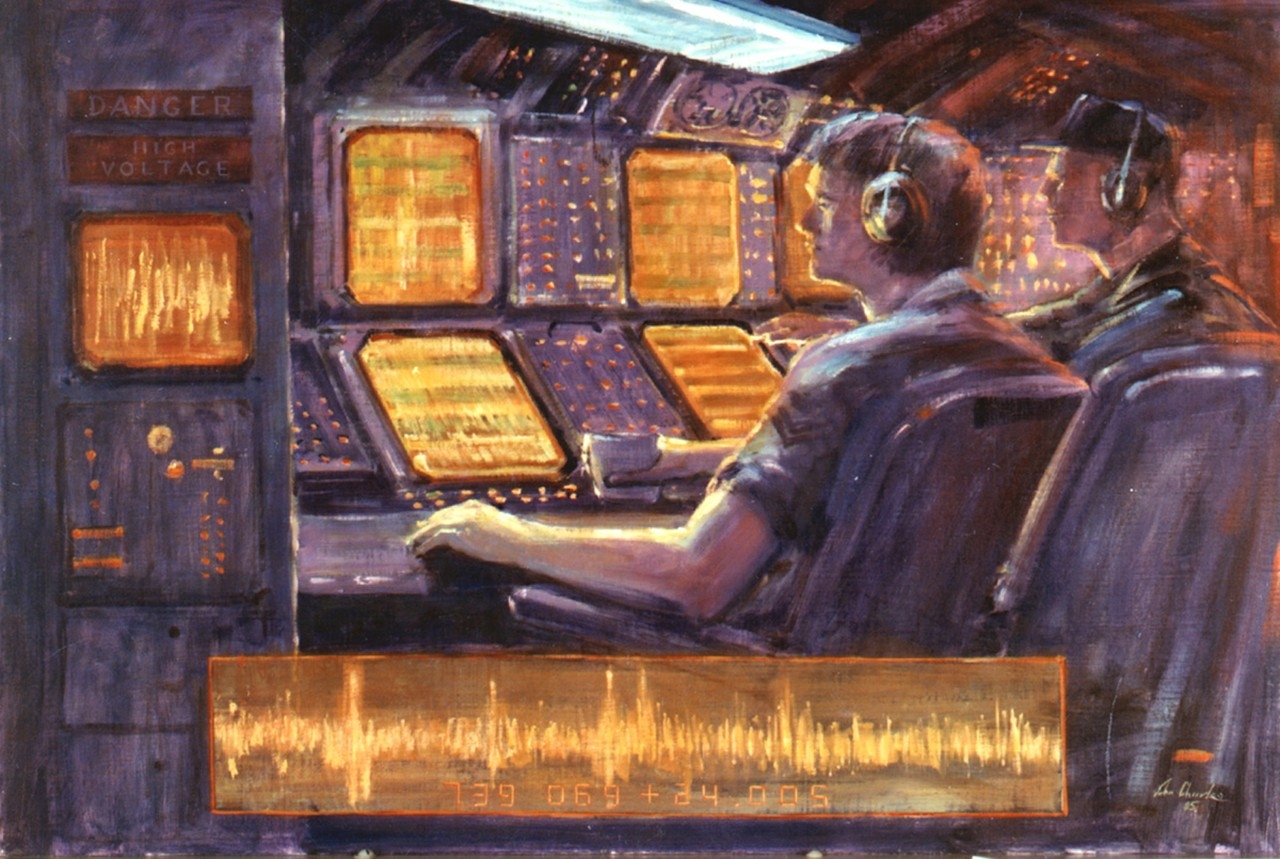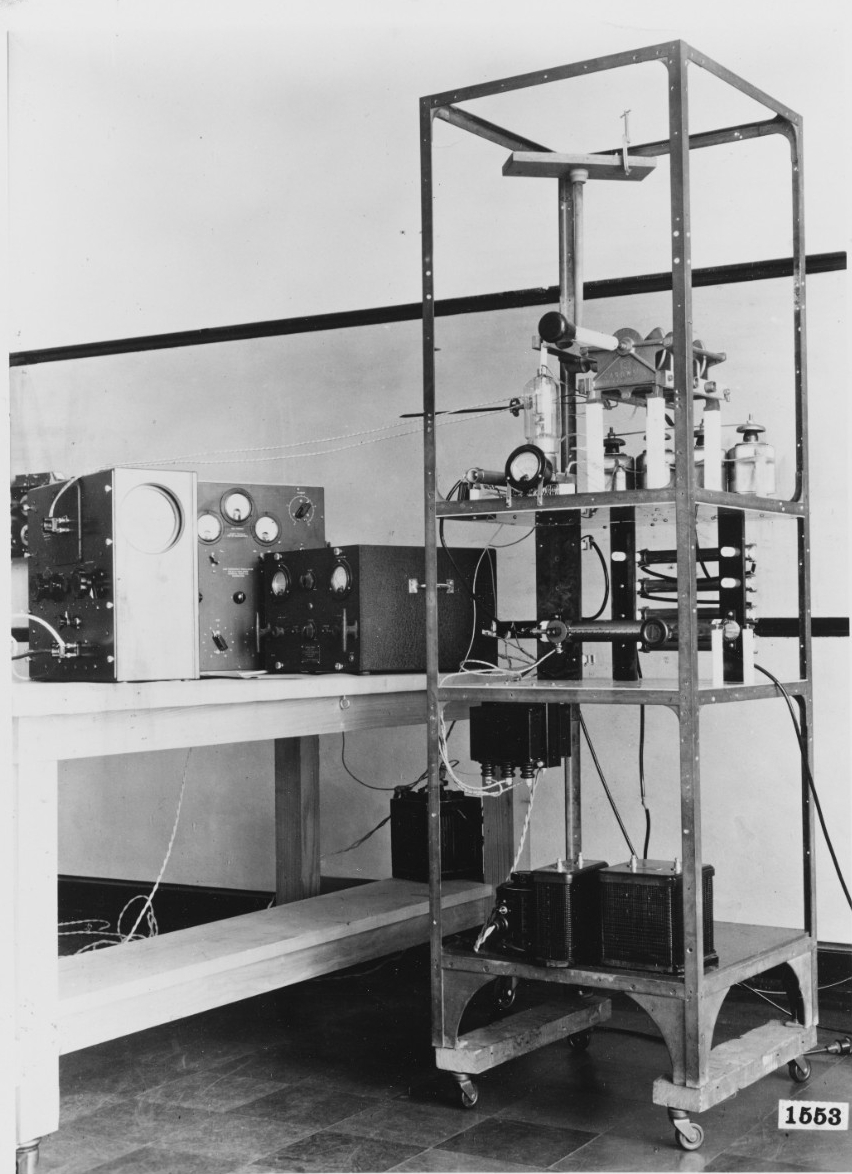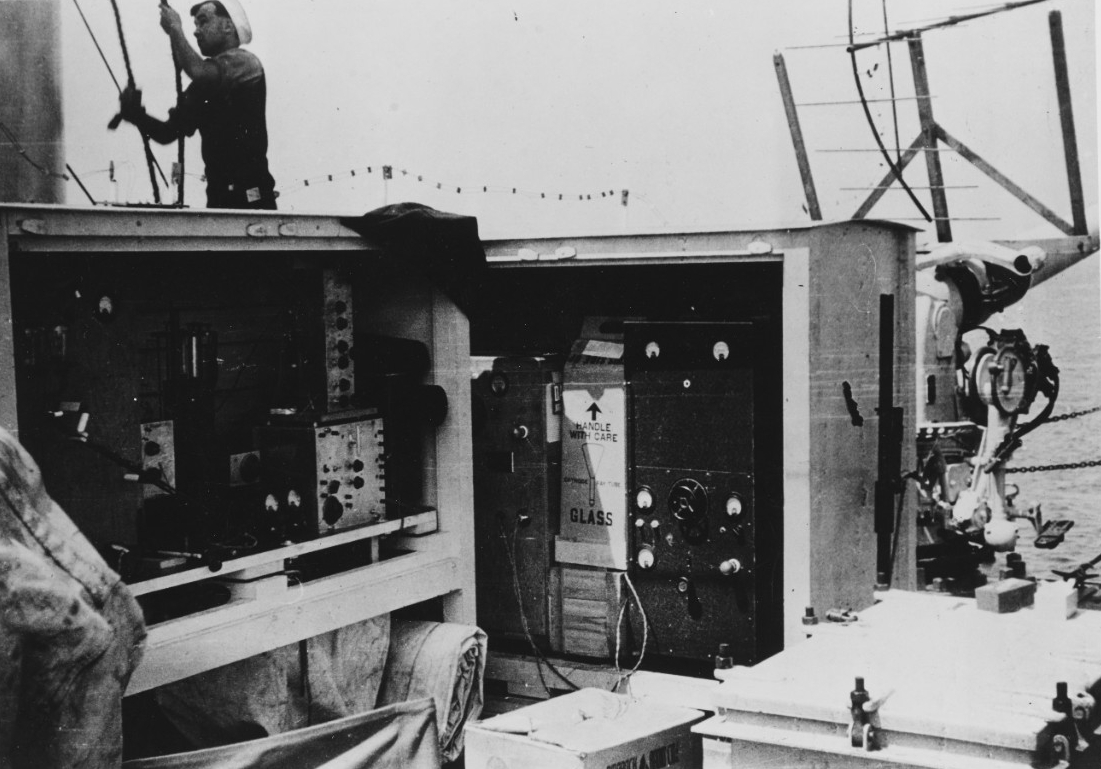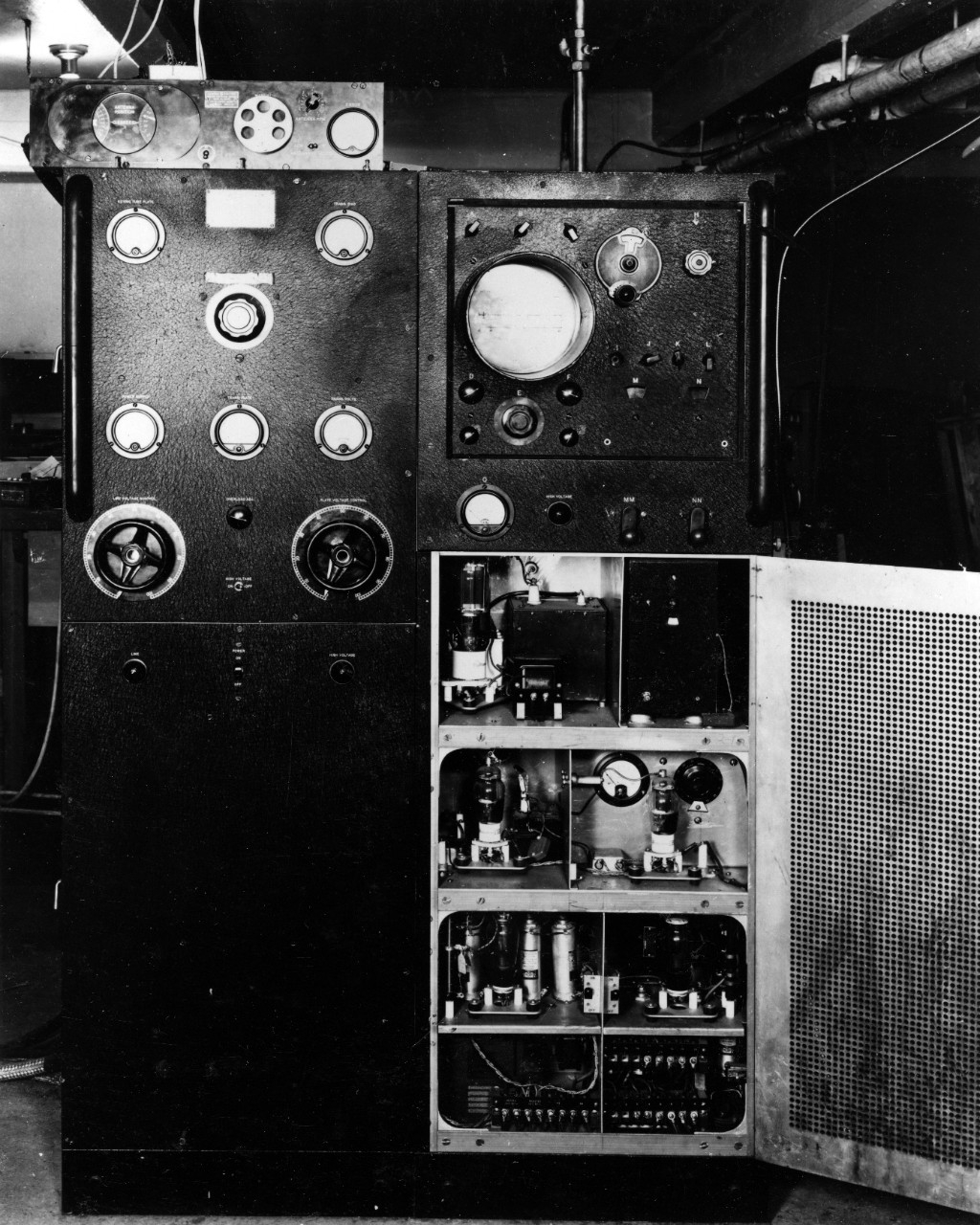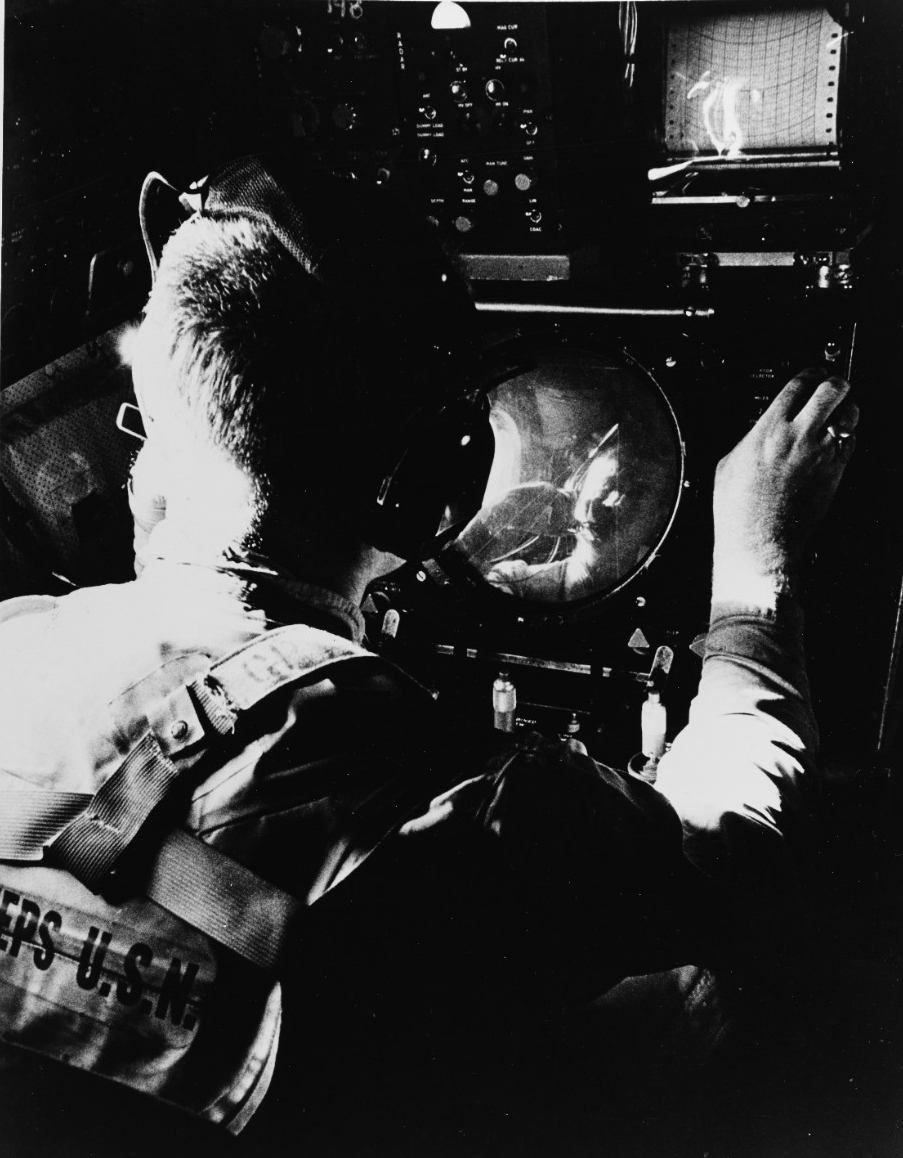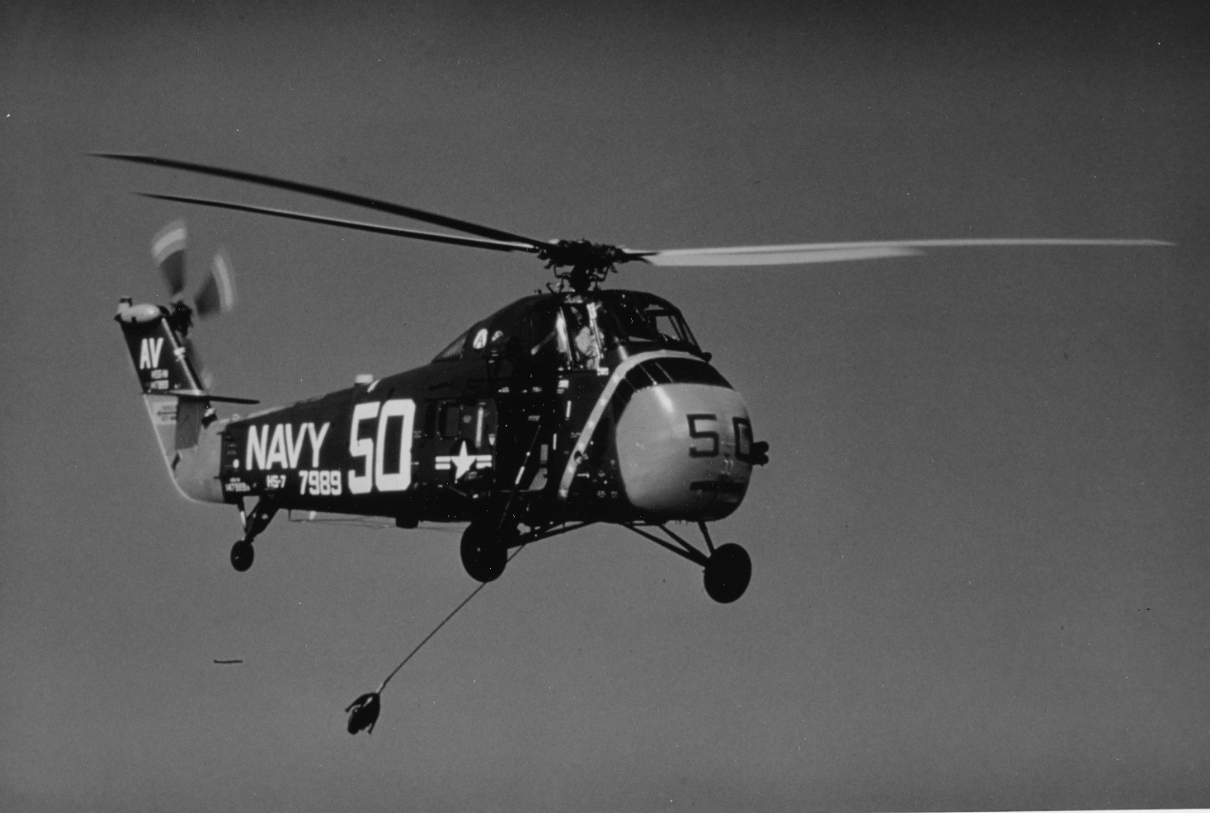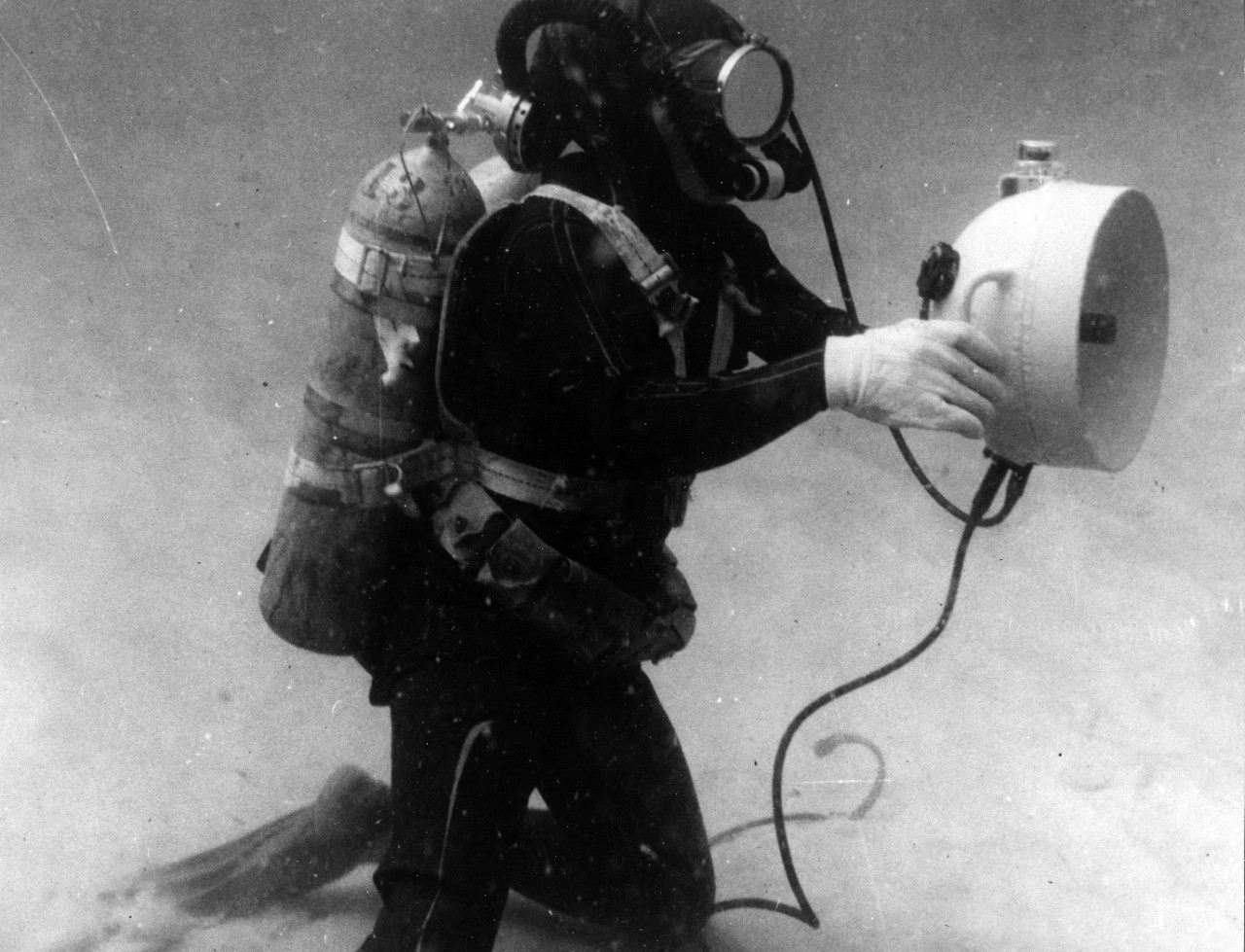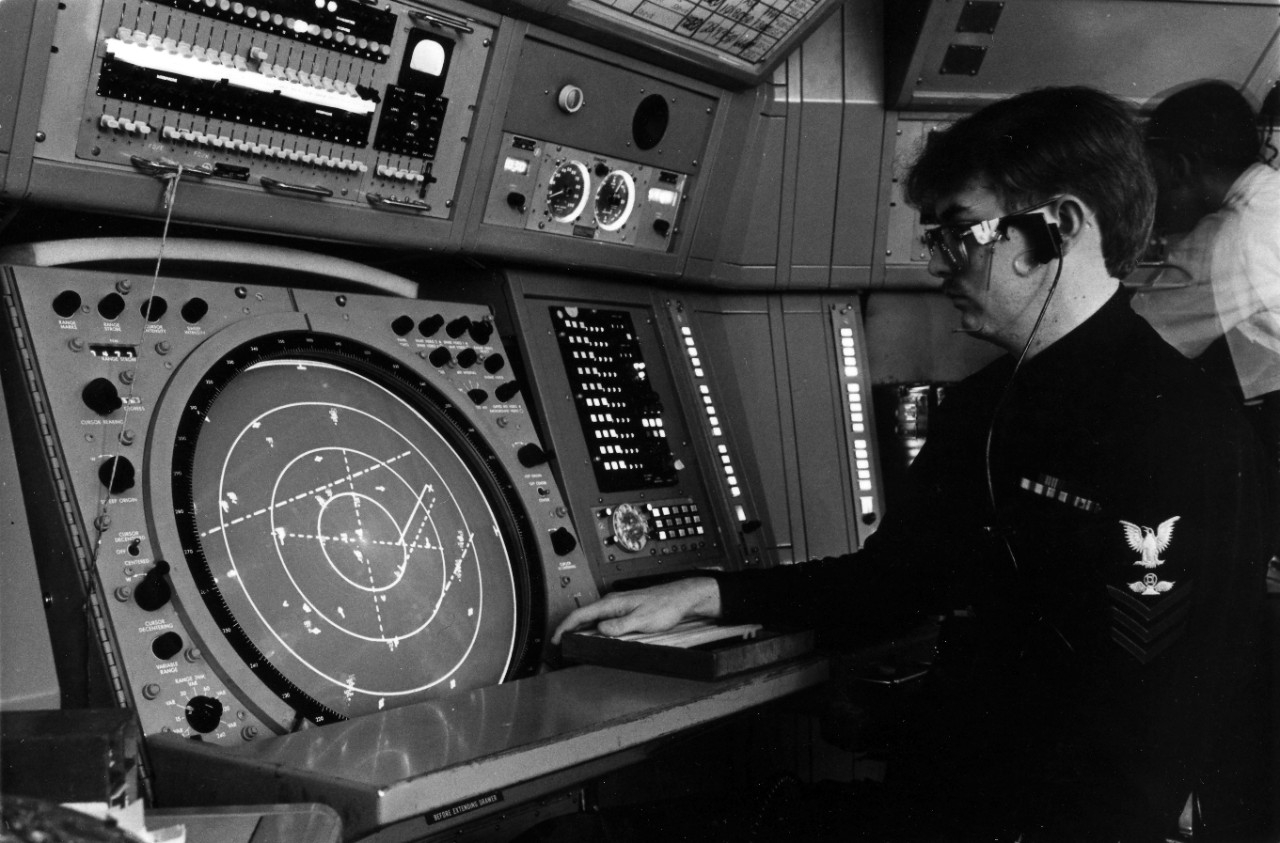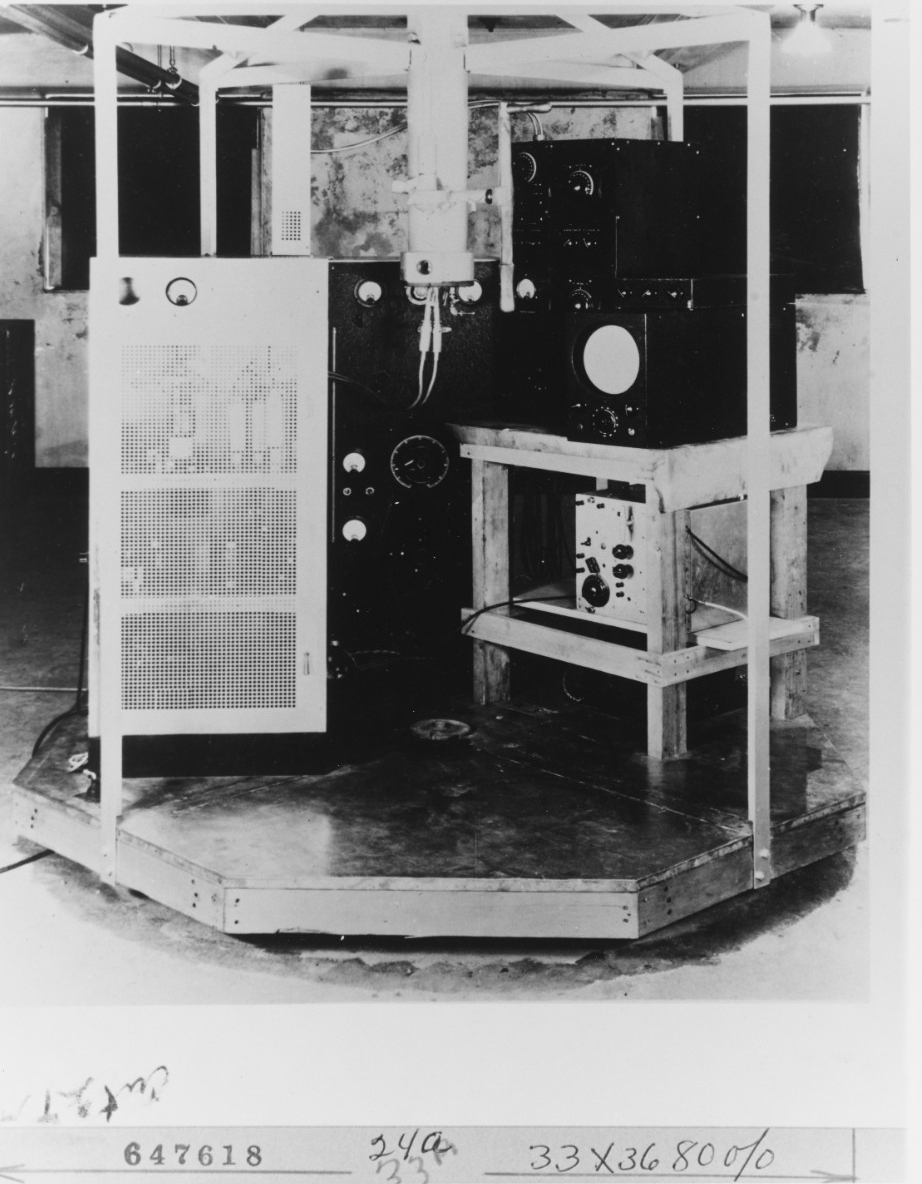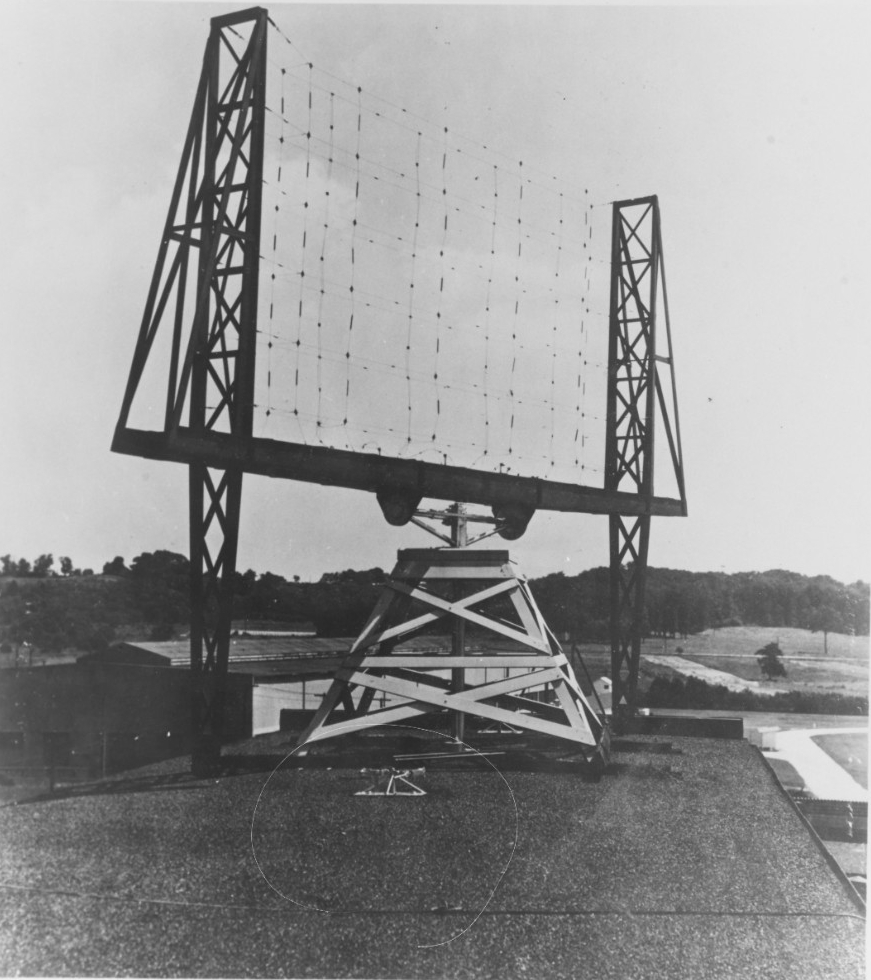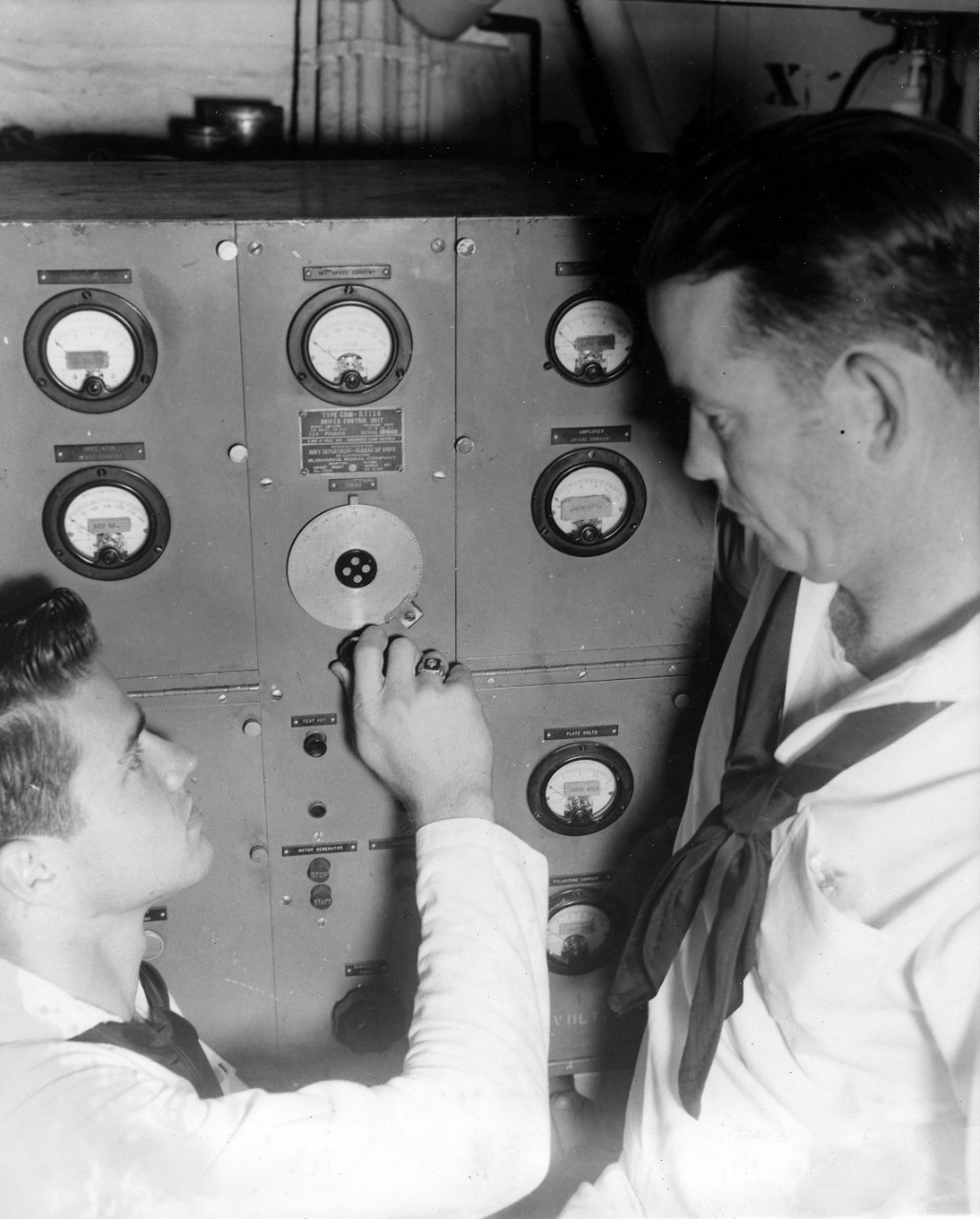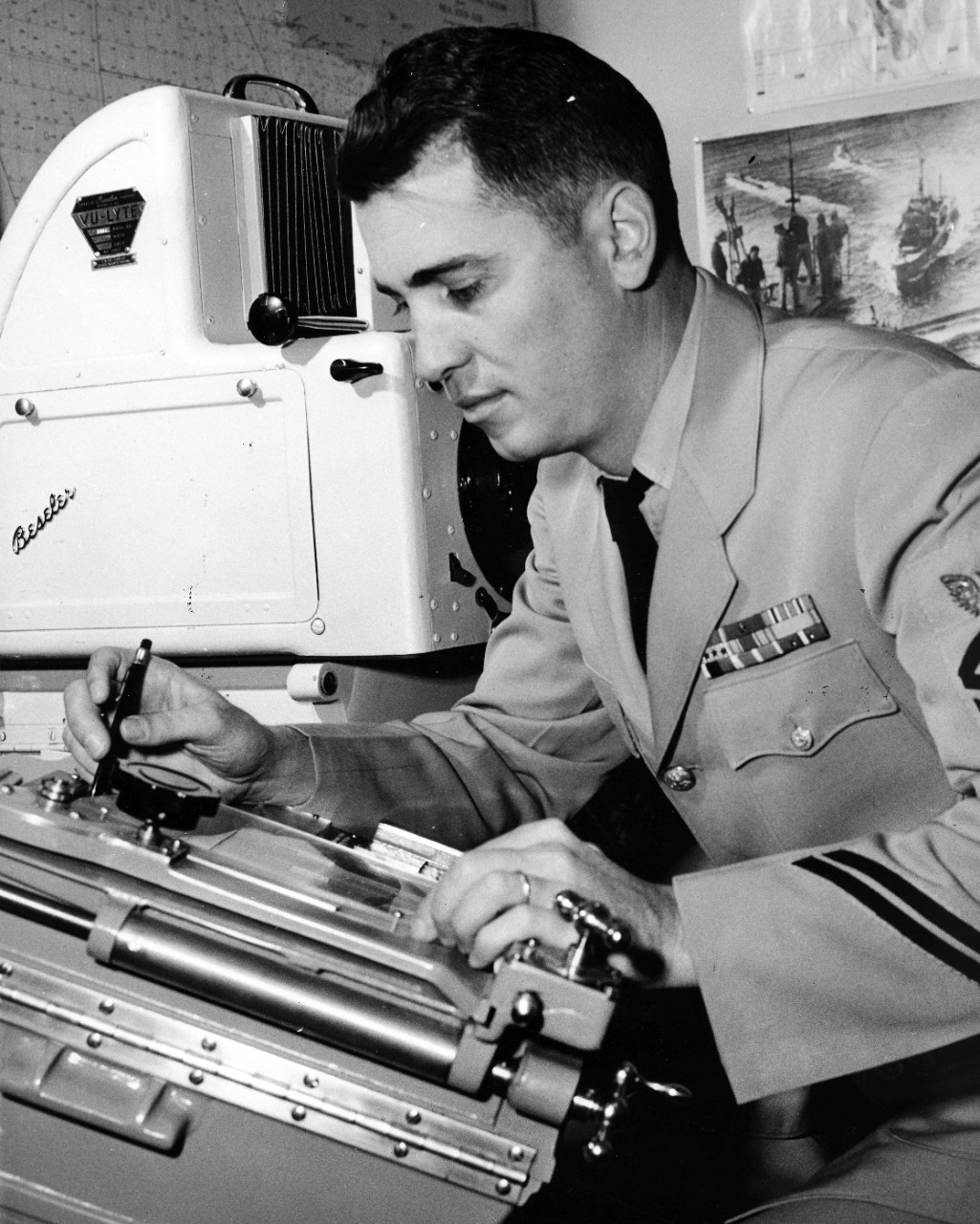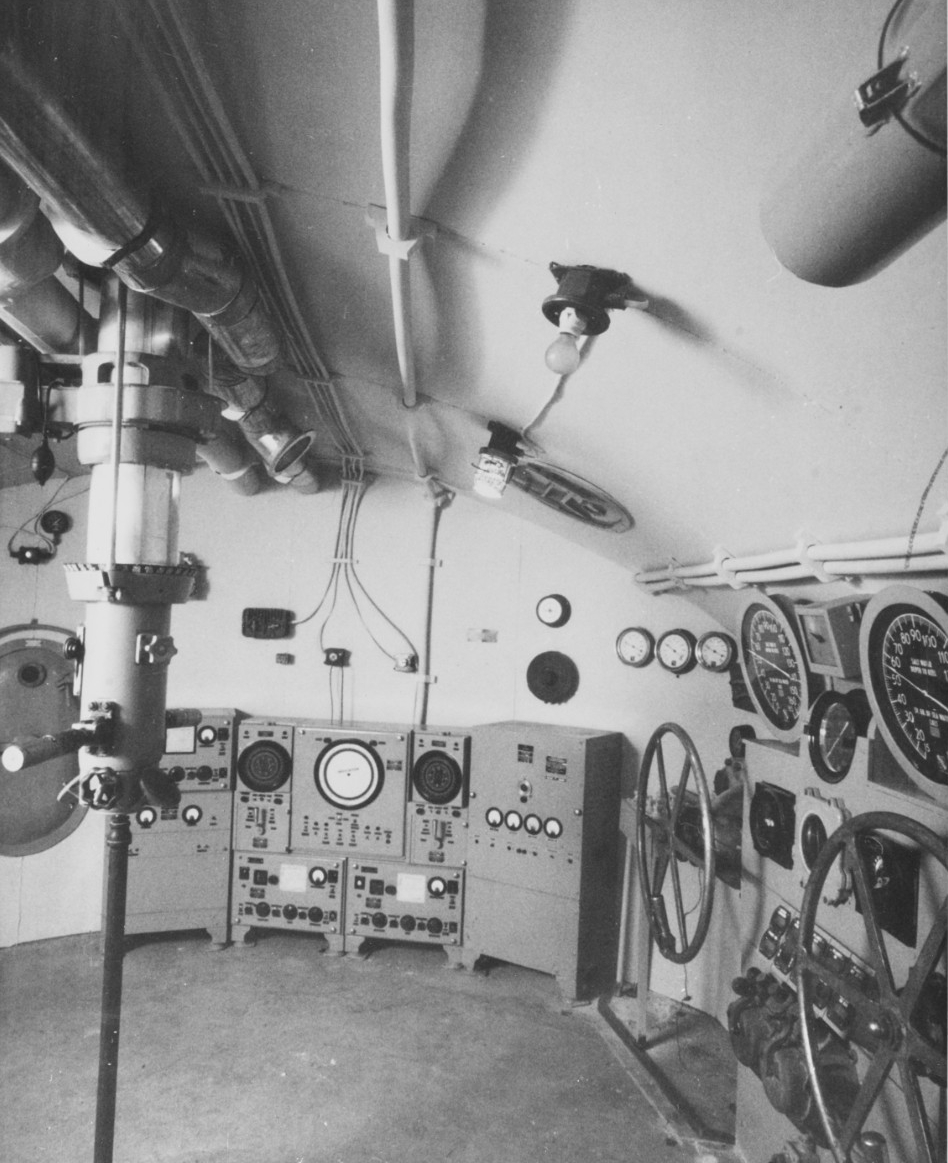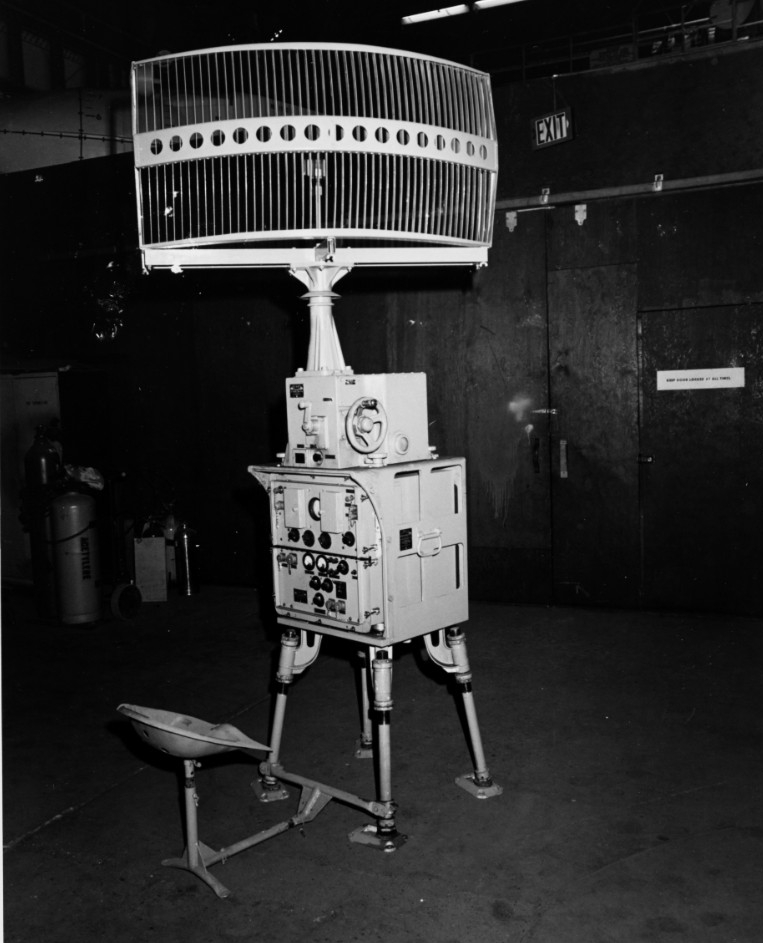- Expand navigation for Commemoration Toolkits Commemoration Toolkits
- Expand navigation for Navy Birthday Navy Birthday
- Expand navigation for World War II World War II
- National Vietnam War Veterans Day
- Expand navigation for The 9/11 Terrorist Attacks The 9/11 Terrorist Attacks
- Expand navigation for 75th Anniversary of NATO 75th Anniversary of NATO
- Expand navigation for Wars, Conflicts, and Operations Wars, Conflicts, and Operations
- American Revolution
- Quasi-War with France
- Barbary Wars
- War of 1812
- Mexican-American War
- Expand navigation for Civil War Civil War
- Expand navigation for Spanish-American War Spanish-American War
- Expand navigation for Early 20th-Century Conflicts Early 20th-Century Conflicts
- Expand navigation for World War I World War I
- Expand navigation for World War II World War II
- Expand navigation for Cold War Era Cold War Era
- Expand navigation for Korean War Korean War
- Expand navigation for Vietnam War Vietnam War
- Cuban Missile Crisis
- Expand navigation for Middle East Engagements Middle East Engagements
- POW MIA
- Pirate Interdiction and the U.S. Navy
- Expand navigation for The 9/11 Terrorist Attacks The 9/11 Terrorist Attacks
- Expand navigation for Operations in Former Yugoslavia Operations in Former Yugoslavia
- Expand navigation for Heritage Heritage
- Expand navigation for Uniforms Uniforms
- Uniforms of the U.S. Navy 1776-1783
- Uniforms of the U.S. Navy 1797
- Uniforms of the U.S. Navy 1802
- Uniforms of the U.S. Navy 1812-1815
- Uniforms of the U.S. Navy 1815
- Uniforms of the U.S. Navy 1830-1841
- Uniforms of the U.S. Navy 1841
- Uniforms of the U.S. Navy 1852
- Uniforms of the U.S. Navy 1852-1855
- Uniforms of the U.S. Navy 1862-1863
- Uniforms of the U.S. Navy 1864
- Uniforms of the U.S. Navy 1898
- Uniforms of the U.S. Navy 1900
- Uniforms of the U.S. Navy 1905-1913
- Uniforms of the U.S. Navy 1917-1918
- Uniforms of the U.S. Navy 1918-1919
- Uniforms of the U.S. Navy 1922-1931
- Uniforms of the U.S Navy 1941
- Uniforms of the U.S. Navy 1942-1943
- Uniforms of the U.S. Navy 1943-1944
- Uniforms of the U.S. Navy 1951-1952
- Uniforms of the U.S. Navy 1961
- Uniforms of the U.S. Navy 1967
- Expand navigation for Customs and Traditions Customs and Traditions
- Sailors' Tattoos
- Goats and the U.S. Navy
- Navy Athletics
- The Sailor’s Creed
- The Ship’s Bell
- Striking the Flag
- Unofficial Navy Certificates
- Precedence of Forces in Parades
- Passing Honors, National Anniversaries, and Solemnities
- Rocks and Shoals: Articles for the Government of the U.S. Navy
- Plank Owners
- Ship Naming
- Twenty-One Gun Salute
- Change of Command
- Navy Music
- Commissioning Pennant
- Ship Launching and Commissioning
- Burial at Sea
- Crossing the Line
- Expand navigation for Banners Banners
- Expand navigation for Decorations and Awards Decorations and Awards
- Expand navigation for Speak Like a Sailor Speak Like a Sailor
- Famous Navy Quotations
- Expand navigation for Origins of the Navy Origins of the Navy
- U.S. Navy History Lessons Learned
- The Navy and Marine Corps Team
- Expand navigation for "Ex Scientia Tridens": The U.S. Naval Academy "Ex Scientia Tridens": The U.S. Naval Academy
- Expand navigation for Uniforms Uniforms
- Expand navigation for Communities Communities
- Expand navigation for Chaplain Corps Chaplain Corps
- Expand navigation for Chief Petty Officer Chief Petty Officer
- Seabees
- Expand navigation for Navy Medicine Navy Medicine
- Expand navigation for Naval Aviation Naval Aviation
- Submarine Force
- Expand navigation for Surface Navy Surface Navy
- Navy Divers
- Naval Special Warfare
- Supply Corps
- Explosive Ordnance Disposal
- Expand navigation for Disasters and Phenomena Disasters and Phenomena
- Expand navigation for Organization and Administration Organization and Administration
- Leadership
- Expand navigation for Ranks Ranks
- Regulations and Policy
- Personnel
- Expand navigation for Service and Medical Records Service and Medical Records
- Expand navigation for U.S. Navy Installations U.S. Navy Installations
- Washington Navy Yard, District of Columbia
- Naval Station Norfolk, Virginia
- Naval Submarine Base New London, Connecticut
- Naval Station Mayport, Florida
- Naval Air Station Pensacola, Florida
- Naval Station Great Lakes, Illinois
- Naval Base San Diego, California
- Naval Base Kitsap, Washington
- Naval Station Pearl Harbor, Hawaii
- U.S. Fleet Activities Yokosuka, Japan
- Naval Support Activity Bahrain
- Naval Support Activity Naples, Italy
- Expand navigation for Historic Former U.S. Navy Bases and Stations Historic Former U.S. Navy Bases and Stations
- Expand navigation for Diversity Diversity
- Expand navigation for The African American Experience in the U.S. Navy The African American Experience in the U.S. Navy
- Expand navigation for Women in the U.S. Navy Women in the U.S. Navy
- Asian Americans and Pacific Islanders in the U.S. Navy
- Hispanic Americans in the U.S. Navy
- Contributions of Native Americans to the U.S. Navy
- Naval Service of LGBTQI+ Personnel
- Expand navigation for Exploration and Innovation Exploration and Innovation
- Electricity and USS Trenton
- Expand navigation for The World Cruise of the Great White Fleet The World Cruise of the Great White Fleet
- The Voyage of a Lifetime
- The Ships of the Great White Fleet
- Great White Fleet Gallery
- Beginning of the Cruise
- Fleet Leadership
- Crossing the Equator
- World Cruise Experience
- At Sea
- Puerto Rico-South America-Mexico
- U.S. West Coast
- Hawaii-Australia-New Zealand
- Japan and China
- Philippines and Ceylon (Sri Lanka)
- Suez Canal-Egypt-Turkey
- Mediterranean
- End of the Cruise
- Memorabilia
- Expand navigation for Navy Role in Space Exploration Navy Role in Space Exploration
- Polar Exploration
- The First U.S. Naval Observatory
- Bathyscaphe Trieste
- Airships & Dirigibles
- Higgins Boats
- Navy’s Use of Torpedoes
- The Nuclear Navy
- Radar and Sonar
- Navy’s Use of Unmanned Aerial Vehicles
- Naval Mine Warfare
- The Navy’s Use of Carrier Pigeons
- Expand navigation for The Steam Navy The Steam Navy
- The Steel Navy
- Expand navigation for Notable People Notable People
- Expand navigation for Presidents Presidents
- Expand navigation for Chiefs of Naval Operations Chiefs of Naval Operations
- The Office
- Admiral William S. Benson
- Admiral Robert E. Coontz
- Admiral Edward W. Eberle
- Admiral Charles F. Hughes
- Admiral William V. Pratt
- Admiral William H. Standley
- Fleet Admiral William D. Leahy
- Admiral Harold R. Stark
- Fleet Admiral Ernest J. King
- Fleet Admiral Chester W. Nimitz
- Admiral Louis E. Denfeld
- Admiral Forrest P. Sherman
- Admiral William M. Fechteler
- Admiral Robert B. Carney
- Admiral Arleigh A. Burke
- Admiral George W. Anderson Jr.
- Admiral David L. McDonald
- Admiral Thomas H. Moorer
- Admiral Elmo R. Zumwalt Jr.
- Admiral James L. Holloway III
- Admiral Thomas B. Hayward
- Admiral James D. Watkins
- Admiral Carlisle A. H. Trost
- Admiral Frank B. Kelso II
- Admiral Jeremy M. Boorda
- Admiral Jay L. Johnson
- Admiral Vernon E. Clark
- Admiral Michael G. Mullen
- Admiral Gary Roughead
- Admiral Jonathan W. Greenert
- Admiral John M. Richardson
- Admiral Michael Gilday
- Expand navigation for Master Chief Petty Officers of the Navy Master Chief Petty Officers of the Navy
- MCPON Delbert D. Black
- MCPON John D. Whittet
- MCPON Robert J. Walker
- MCPON Thomas S. Crow
- MCPON Billy C. Sanders
- MCPON William H. Plackett
- MCPON Duane R. Bushey
- MCPON John Hagan
- MCPON James L. Herdt
- MCPON Terry D. Scott
- MCPON Joe R. Campa Jr.
- MCPON Rick D. West
- MCPON Michael D. Stevens
- MCPON Steven S. Giordano
- MCPON Official Photographs
- Expand navigation for Historical Figures Historical Figures
- Expand navigation for Secretaries of the Navy Secretaries of the Navy
- Benjamin Stoddert (1798 - 1801)
- Robert Smith (1801 - 1809)
- Paul Hamilton (1809 - 1812)
- William Jones (1813 - 1814)
- Benjamin W. Crowninshield (1815 - 1818)
- Smith Thompson (1819 - 1823)
- Samuel Southard (1823 - 1829)
- John Branch, Jr. (1829 - 1831)
- Levi Woodbury (1831 - 1834)
- Mahlon Dickerson (1834 - 1838)
- James K. Paulding (1838 - 1841)
- George Edmund Badger (1841)
- Abel P. Upshur (1841 - 1843)
- David Henshaw (1843 - 1844)
- Thomas W. Gilmer (1844)
- John Y. Mason (1844-1845) (1846-1849)
- George Bancroft (1845 - 1846)
- William B. Preston (1849 - 1850)
- William A. Graham (1850 - 1852)
- John P. Kennedy (1852 - 1853)
- James C. Dobbin (1853 - 1857)
- Isaac Toucey (1857 - 1861)
- Gideon Welles (1861 - 1869)
- Adolph Edward Borie (1869)
- George M. Robeson (1869 - 1877)
- Richard W. Thompson (1877 - 1880)
- Nathan Goff, Jr. (1881)
- William Henry Hunt (1881 - 1882)
- William Eaton Chandler (1882 - 1885)
- William C. Whitney (1885 - 1889)
- Benjamin F. Tracy (1889 - 1893)
- Hilary A. Herbert (1893 - 1897)
- John D. Long (1897 - 1902)
- William H. Moody (1902 - 1904)
- Paul Morton (1904 - 1905)
- Charles J. Bonaparte (1905 - 1906)
- Victor H. Metcalf (1906 - 1908)
- Truman H. Newberry (1908 - 1909)
- George von L. Meyer (1909 - 1913)
- Josephus Daniels (1913 - 1921)
- Edwin Denby (1921 - 1924)
- Charles F. Adams, III (1929 - 1933)
- Claude A. Swanson (1933 - 1939)
- Charles Edison (1940)
- William Franklin Knox (1940 - 1944)
- James Forrestal (1944 - 1947)
- John Lawrence Sullivan (1947 - 1949)
- Francis P. Matthews (1949 - 1951)
- Dan A. Kimball (1951 - 1953)
- Robert B. Anderson (1953 - 1954)
- Charles S. Thomas (1954 - 1957)
- Thomas S. Gates (1957 - 1959)
- William Birrell Franke (1959 - 1961)
- John Bowden Connally, Jr. (1961)
- Fred Korth (1962 - 1963)
- Paul B. Fay (acting) (1963)
- Paul Henry Nitze (1963 - 1967)
- Charles Fitz Baird (acting) (1967)
- Paul R. Ignatius (1967 - 1969)
- John Hubbard Chafee (1969 - 1972)
- John William Warner (1972 - 1974)
- J. William Middendorf (1974 - 1977)
- William Graham Claytor, Jr. (1977 - 1979)
- Edward Hidalgo (1979 - 1981)
- John Lehman (1981 - 1987)
- James H. Webb (1987 - 1988)
- William L. Ball (1988 - 1989)
- Henry L. Garrett III (1989 - 1992)
- Daniel Howard (acting) (1992)
- Sean Charles O'Keefe (1992 - 1993)
- ADM Frank B. Kelso, II (acting) (1993)
- John Howard Dalton (1993 - 1998)
- Richard Jeffrey Danzig (1998 - 2001)
- Robert B. Pirie, Jr. (acting) (2001)
- Gordon R. England (2001-2003) (2003-2005)
- Susan M. Livingstone (acting) (2003)
- Hansford T. Johnson (acting) (2003)
- Donald Charles Winter (2006 - 2009)
- Raymond Edwin Mabus, Jr. (2009 - 2017)
- Sean G. J. Stackley (acting) (2017)
- Richard V. Spencer (2017 - 2019)
- Thomas B. Modly (acting) (2019-2020)
- James E. McPherson (acting) (2020)
- Kenneth J. Braithwaite (2020-2021)
- Thomas W. Harker (acting) (2021)
- Carlos Del Toro (2021-present)
- Medal of Honor Recipients
- Expand navigation for Namesakes Namesakes
- Sergeant Cornelius H. Charlton
- Private First Class Oscar P. Austin
- Civil Rights Activist Medgar Evers
- Private George Watson
- Cook First Class William Pinckney
- Commander Mary Sears
- Rear Admiral Grace Hopper
- Franklin and Eleanor Roosevelt
- Senator Daniel K. Inouye
- Private First Class Herbert K. Pililaau
- Sergeant First Class Rodney J.T. Yano
- First Lieutenant Baldomero Lopez
- Master Sergeant Roy Benavidez
- Civil Rights Activist Cesar Chavez
- Admiral David Glasgow Farragut
- Private First Class Fernando Garcia
- Sergeant Alfredo Gonzalez
- Sergeant Rafael Peralta
- Chief Petty Officer James E. Williams
- Guide and Interpreter Sacagawea
- Sergeant Darrell Samuel Cole
- Lenah Sutcliffe Higbee
- Captain Thomas J. Hudner, Jr.
- Expand navigation for Trailblazers Trailblazers
- Expand navigation for Notable Ships Notable Ships
- Expand navigation for U.S. Navy’s Six Original Frigates U.S. Navy’s Six Original Frigates
- Expand navigation for Ships of Sail Ships of Sail
- Expand navigation for Sail-to-Steam Sail-to-Steam
- Expand navigation for Modern Ships Modern Ships
- Alchiba (AK-23)
- Arizona (BB-39)
- Cole (DDG-67)
- Fletcher (DD-445)
- Harmon (DE-678)
- Houston (CA-30)
- Indianapolis (CA-35)
- Jacob Jones (DD-61)
- Johnston (DD-557)
- Maddox (DD-731)
- Missouri (BB-63)
- O'Bannon (DD-450)
- Pueblo (AGER-2)
- Samuel B. Roberts (FFG-58)
- San Diego (CL-53)
- San Francisco (CA-38)
- Tripoli (LPH-10)
- Turner Joy (DD-951)
- Washington (BB-56)
- Expand navigation for Aircraft Carriers Aircraft Carriers
- Expand navigation for Submarines Submarines
- Antisubmarine
- Equipment
- Boats-Ships--Submarine
- Historical Summary
- Cold War
- World War II 1939-1945
- Image (gif, jpg, tiff)
- NHHC
Radar and Sonar
"Watching the Sound." To counter the growing strength of the Soviet Union’s navy in the face of fleet reductions at home, Admiral Thomas H. Moorer wanted Navy ships equipped with the most advanced technology of utmost importance. This included nuclear propelled ships, improved aircraft, upgraded missile systems, and modern tracking systems. Painting by John Charles Roach. Navy Art collection, 88-163-CZ.
Although Radio Detection and Ranging (radar) and Sound Navigation and Ranging (sonar) rely on two fundamentally different types of wave transmissions, both are remote sensing systems. Radar sends out electromagnetic waves, while sonar transmits acoustic waves. In both systems, waves return echoes from certain features that allow the determination of size, shape, distance, and speed of the target. Radar signals are primarily for surface and atmospheric observations, because electromagnetic waves are diminished in the water. Sonar signals easily penetrate the water and are ideal for underwater navigation and detection.
Leo C. Young and Dr. Alfred Hoyt Taylor made the first U.S. observations of the radio reflection phenomenon. Eight years after the initial discovery, scientists noted that the reflections of radio waves from aircraft could be detected. From 1930 to 1940, the U.S. Naval Research Laboratory explored the use of radio for ranging and detection, and in 1935, the Committee on Naval Appropriations of the U.S. House of Representatives provided $100,000 to the Naval Research Laboratory for the development of radar. The research led to the first U.S. radar, the XAF, which was permanently installed on USS New York (BB-34) in 1938. By the time the Japanese attacked Pearl Harbor on 7 December 1941, 20 radar units had been installed on selected ships. The radar units helped contribute to U.S. Navy World War II victories at the Battle of the Coral Sea, Battle of Midway, and Guadalcanal.
Development of the modern sonar began in the 1920s when advancements in applying underwater sound to practical needs became abundantly clear. During this time and with advances in electronics, depth sounding by ships and echo ranging on submarines was developed. Thomas Edison and other scientists became involved in the research of passive listening devices. Other researchers explored the physics of oceanography in which later work would be based.
Work rapidly began on the development of sonar at the onset of World War II due to the German U-boat threat. German submarines torpedoed Navy-escorted convoys at a record pace. At one point during the war, ships were being sunk faster than the U.S. could replace them. Some of the ships were sunk within view of the U.S. eastern seaboard. The mobilization of the U.S. workforce turned the tide of the war. Without the development of sonar, the U-boat threat would probably have never been contained.
After the war, development of underwater detection devices continued. In 1949, the Naval Research Laboratory reported they could detect submarines at ranges of 10–15 nautical miles using SOFAR (Sound Fixing and Ranging) hydrophones. By the end of the year, submarines could be detected several hundred miles away. That same year, Dr. Maurice Ewing—world-famous oceanographer and a pioneer in the research of underwater sound—established a SOFAR station in Bermuda. Also during this year, the Committee on Undersea Warfare of the National Research Council met to discuss a long-term program to meet the threat of the Soviet Union’s submarine force. Considered critical to national survival was the ability to transport people and goods across the high seas in the wake of the Soviet threat. The committee recommended a long-term program needed to be formulated. The Hartwell Committee was formed to conduct the broad study.
In the fall of 1950, the Hartwell Committee recommended the development of nuclear powered submarines. It also recommended the detection of submarines using real time spectral analysis of radiated sound energy for the future of antisubmarine warfare. During the same time, the Chief of Naval Operations directed Admiral Thorwald A. Solberg, Chief of Naval Research, to “proceed with arrangements with Bell Telephone Laboratories to institute a program of research and development in the field of low-frequency sonar.” In the months that followed, rapid progress was made in the field of long-range detection.
The two most important factors in the development of sonar was the discovery that low-frequency sounds could travel great distances in the ocean, and the realization that submarines radiate identifiable low-frequency energy. The work of Bell Laboratories was also an important element.
*****
Suggested Reading
- U.S. Radar: Operational Characteristics of Radar Classified by Tactical Application
- Leo C. Young, Radar Pioneer (1891–1981): An Inventory of His Collection
- CIC [Combat Information Center] Manual (RADSIX): Radar Bulletion No. 6
- Technical Intelligence from Allied Communications Intelligence: Volume IV of Battle of the Atlantic
Selected Imagery
First test of radar onboard a ship. U.S. Naval Research Laboratory's 200-megacycle radar equipment on USS Leary (DD-158) in April 1937. The radar antenna was mounted on the barrel of one of the ship's 4/50 guns (visible at right), allowing it to be trained in azimuth and elevation. Official U.S. Navy photograph from the collections of the Naval History and Heritage Command, NH 51280.
XAF Radar (transmitter and receiver), which was installed on USS New York (BB-34) by the U.S. Naval Research Laboratory in late 1938. While mounted on that ship, the experimental 200-megacycle radar was tested at sea during the first months of 1939. Official U.S. Navy photograph from the collections of the Naval History and Heritage Command, NH 105852.
A Navy frogman tests new sonar equipment developed to located underwater objects. The lightweight, portable, diver-held sonar system is economically powered by standard flashlight battering. Earphones provide the diver with audio information of objects by the searching sonar beam, 5 May 1960. National Archives photograph, USN 1047343.
First Rotating Beam Radar Antenna (for 200 megacycle radar used for transmitting and receiving) developed by the Naval Research Laboratory (NRL) in 1937. This view shows the antenna installed topside on a NRL building in Anacostia, District of Columbia, at about that time. This was a so-called 'dirigible' antenna, meaning it is mounted so that it can be turned to allow for around-the-compass search. Official U.S. Navy photograph from the collections of the Naval History and Heritage Command, NH 41638.
USS Tautog (SS-199) exhibit in the Milwaukee Public Museum. Looking aft, to the right are the depth gauges and the plane wheels, which are rigged out. All gauges are lit. The museum was attempting to get a better "blip" target indication on the sonar. Naval History and Heritage photograph, NH 68455.
“SQ” Portable Search Radar. Equipment received from USS Commencement Bay (CVE-105) in 1971. It was photographed at the Navy Memorial Museum, Washington Navy Yard, Washington, DC, in 1978. This type of radar was used as a supplemental shipboard system during the later stages of World War II. Naval History and Heritage Command photograph, NH 89034.
Footnotes
- Accessibility/Section 508 |
- Employee Login |
- FOIA |
- NHHC IG |
- Privacy |
- Webmaster |
- Navy.mil |
- Navy Recruiting |
- Careers |
- USA.gov |
- USA Jobs
- No Fear Act |
- Site Map |
- This is an official U.S. Navy web site

